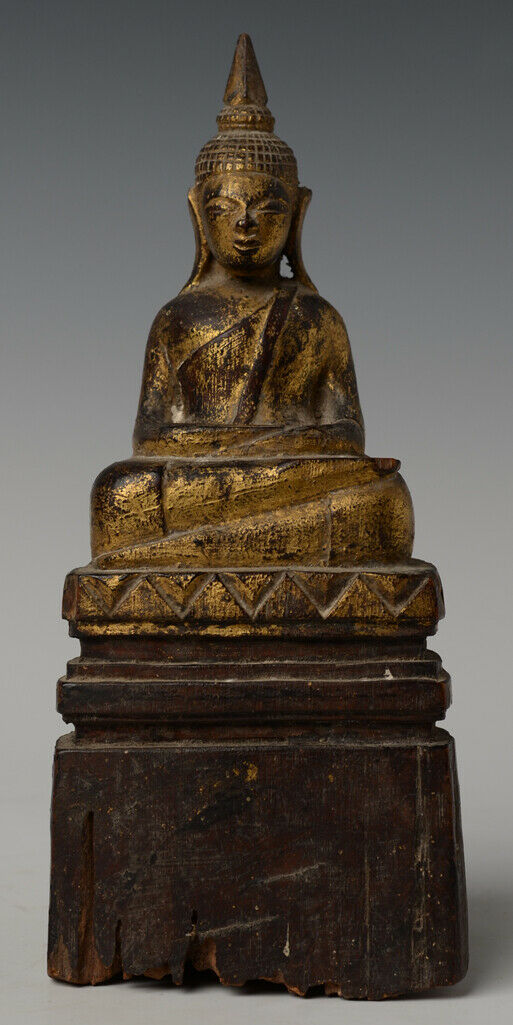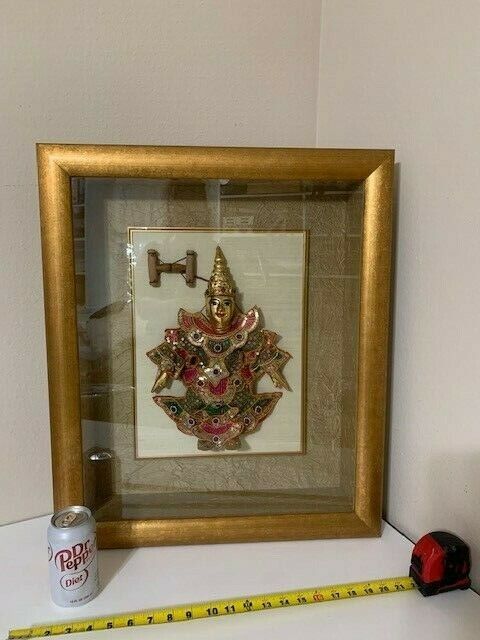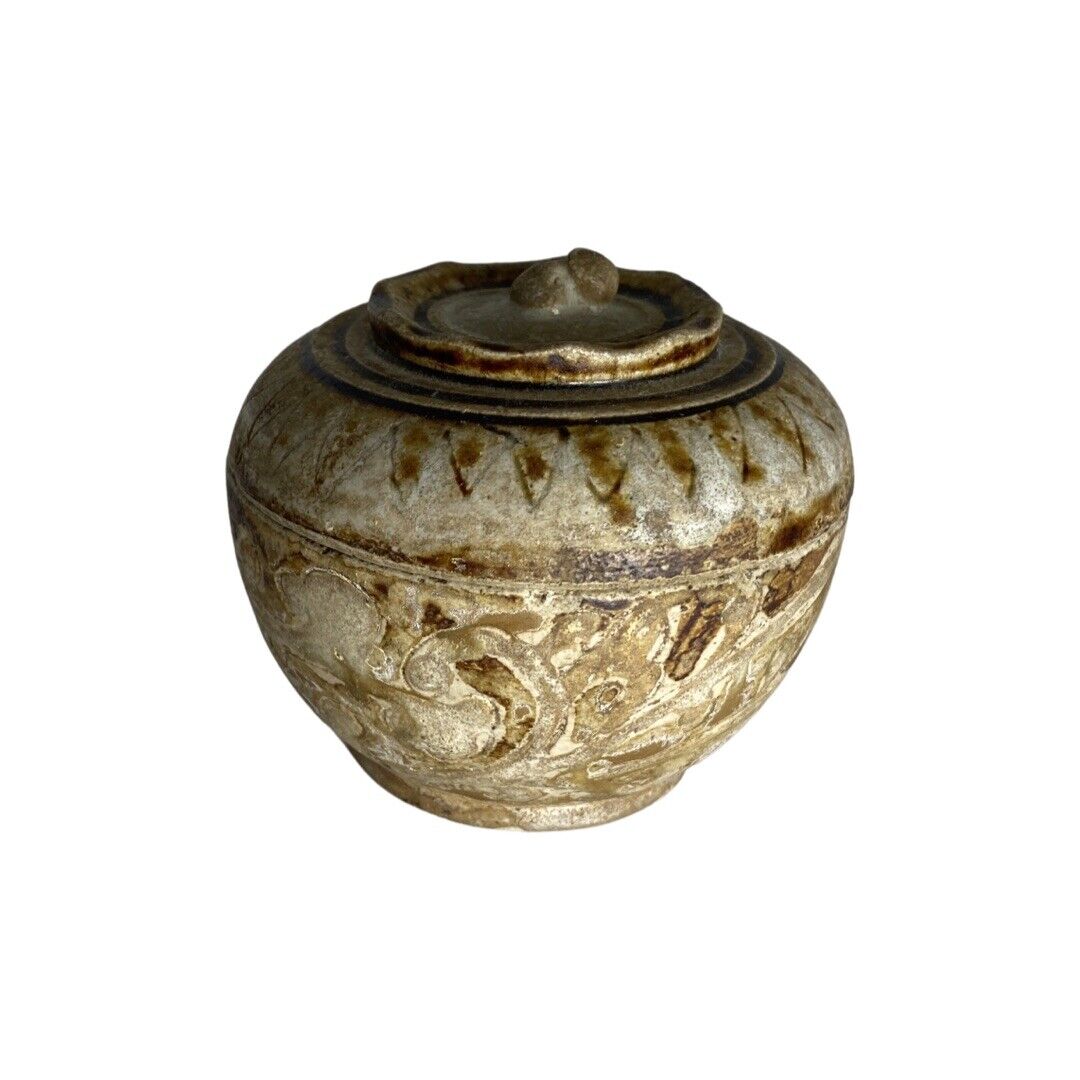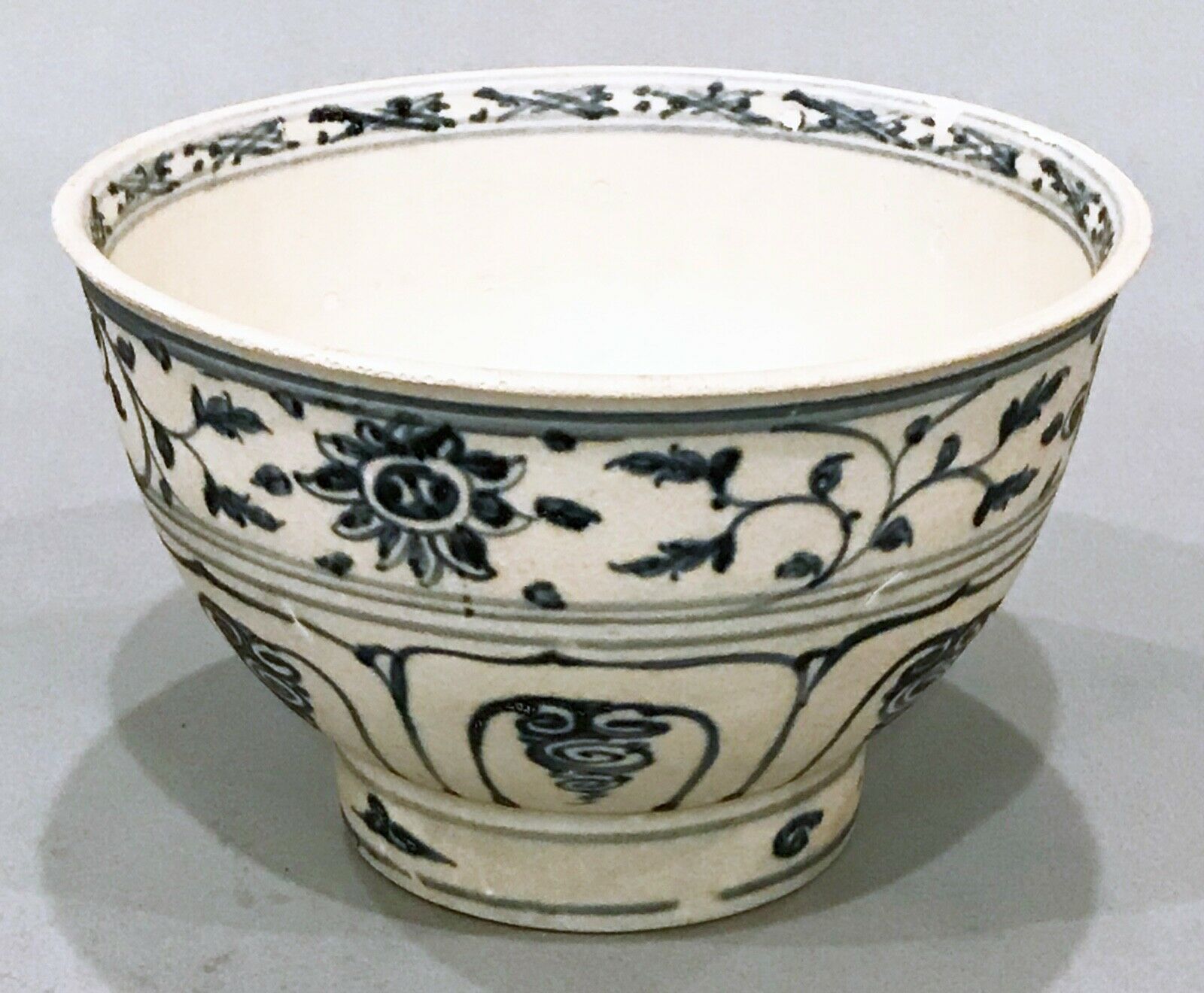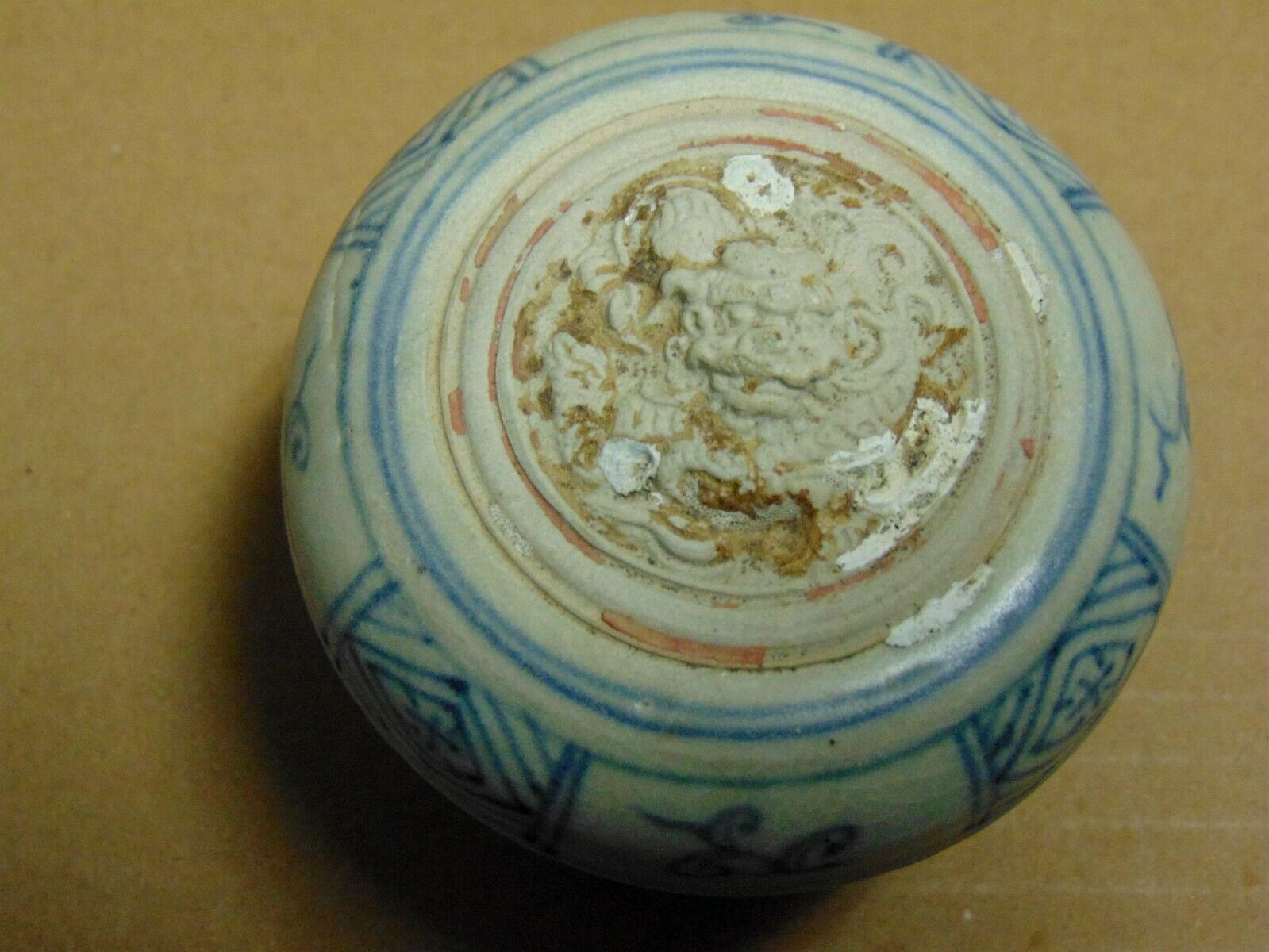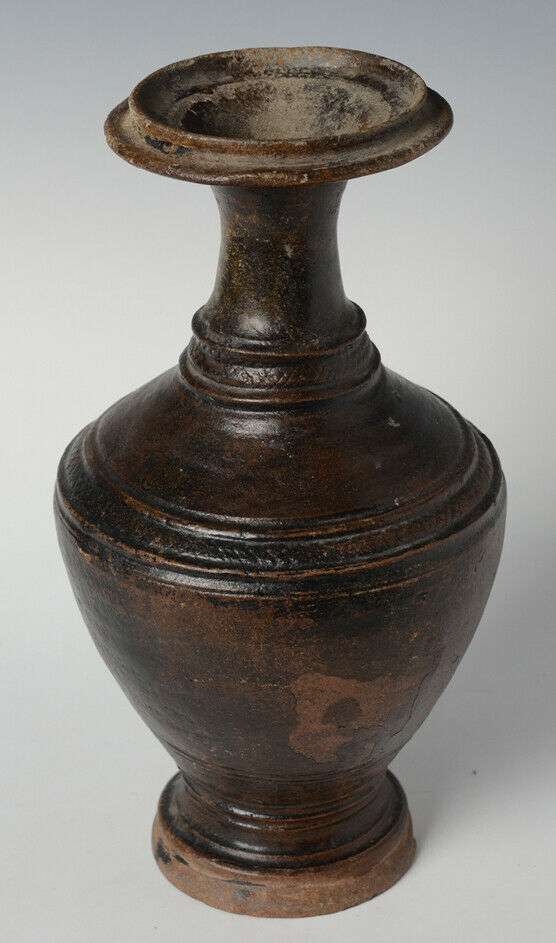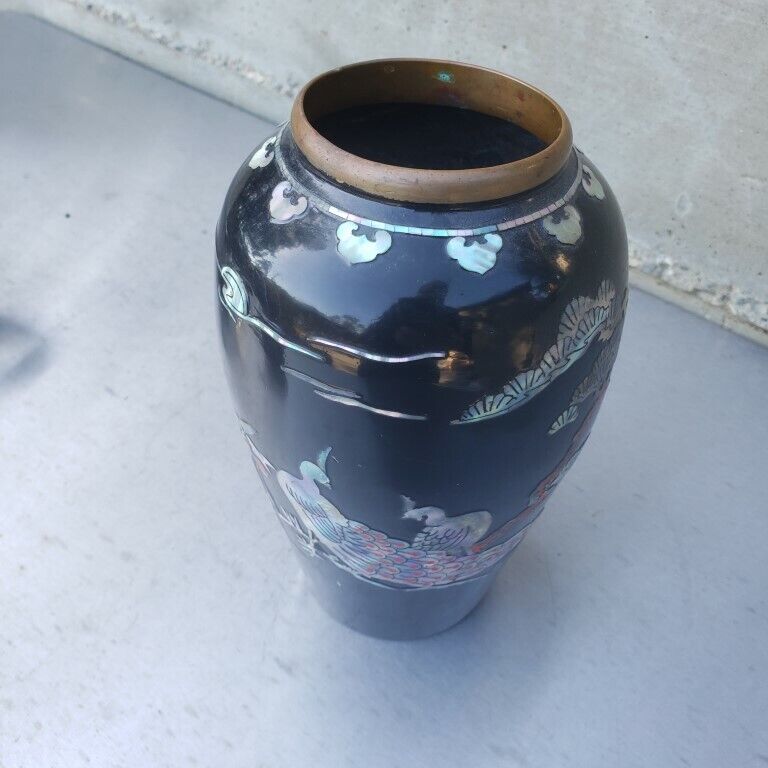-40%
RARE FLYING APSARAS PLAYING THE DRUM SCULPTURE 21" Albright Art Gallery BROKEN
$ 23.76
- Description
- Size Guide
Description
Thank you for looking at my auction for this Flying Apsaras with Drum. I did contact a large auction house, who did not want to list it, so it must not be the real thing?Sadly, this fell off its shelf. His neck has a crack through it. THIS WILL NEED TO BE GLUED so his head doesn't fall off. It still COULD fall off in the shipping process. The foot part cracked as well. You can see these flaws in the last four photos. It is hard to tell. I am NOT going to glue the pieces back on that did chip off (from the back!), but will include them SAFELY in a plastic baggie. It's actually easy (like a puzzle) to see what goes where. I can't guarantee I still have that paperwork, as now that area in the house is in a shambles.
I have not seen anything like this, so am listing it with the following info from a website:
The Fine Chinese Ceramics and Works of Art auction at Sotheby's March 19 and 20, 2007 is highlighted by numerous very fine works from the Albright-Knox Art Gallery in Buffalo, New York that are being sold to benefit its restricted endowment for the purchase of works of art.
A law suit that attempted to block the deaccessioning by the Albright-Knox Art Gallery was dismissed by a state court a couple of days prior to the auction.
One of the best works, Lot 506, is a rare charcoal-grey limestone wall fragment of "A Flying Apsaras Playing the Drum, from the Longmen Caves that is dated to the Northern Wei Dynasty in the 6th century. The work was once in the collection of Mrs. Leonard Elmhirst and was given to the Albright-Knox in 1940 by Charles W. Goodyear and Georgia M. G. Forman.
An Asparus, or angelic being, is shown with a serene, child-like face and holds a small drum with hand, the catalogue notes, "gracefully raised as if about to pat the drum with its slender tapering fingers."
The catalogue provides the following commentary:
"It is rare to find Northern Wei figures of apsarases carved in this exceptionally fine and detailed manner and the present figure, carved in the style characteristic of the many figures found in Longmen, must have added delight and gaiety to its surrounding Buddhist images. The carver has rendered his subject matter to appear light and graceful as if this celestial being is floating, while at the same time displaying an air of elegance and kindness, which are typical of these heavenly maidens or spirits of the cloud and waters in Buddhist mythology. Figures of apsarases descending to scatter flowers or to play heavenly music upon various instruments, were used to enliven and animate votive altars, triad groups and cave niches, since the main registers of the Buddha with attendant bodhisattvas and arhats were strictly controlled in their depiction and iconography by source texts and sutras. In contrast, the depiction of the peripheral elements in stone sculpture and cave painting was seized upon by these anonymous artists to show their prowess and experiment with the boundaries of pictorial convention. Just as in the famous sites from Gongxian, Xiangtangshan, Yungang and Tianlongshan, scattered through north and central China, surviving fragments of peripheral elements like apsarases and attendants are extremely rare, perhaps even more so than those of their accompanying primary Buddha figures. Based on their architecture, style and iconography, the completion of the main caves of the Northern Wei period can be divided into three phases: the first phase between 460 and 465 AD; the second phase between 465 and 494 AD; and the final phase between 494 and 524 AD. The present figure stylistically accords with the third and final phase of the construction of the grottoes of Longmen that began after the transfer of the Nothern Wei capital to Luoyang in Henan province in 494 AD. The Buddhist cave temples at Longmen represent the zenith of monumental stone carving works achieved by the Chinese sculptors from the Northern Wei to the Song dynasty, with the most important caves constructed in the first half of the 6th century and during the reign of the Empress Wu Zetian of the Tang dynasty (r. 684-704 AD)
Our personal provenance is that this was given to us by our neighbor in Sarasota, FL. This was a gift to my husband (along with dog biscuits!) for mowing his lawn.
PLEASE look at our shipping cost. Despite the breakage, this will be crated & bubble wrapped to protect what's left of its integrity during any kind of shipping mishaps. We will also insure it. We take pride in our shipping.
Look at all the photos slowly and carefully. ASK QUESTIONS before bidding. Use your mouse to enlarge the photos. Thank you for looking!













